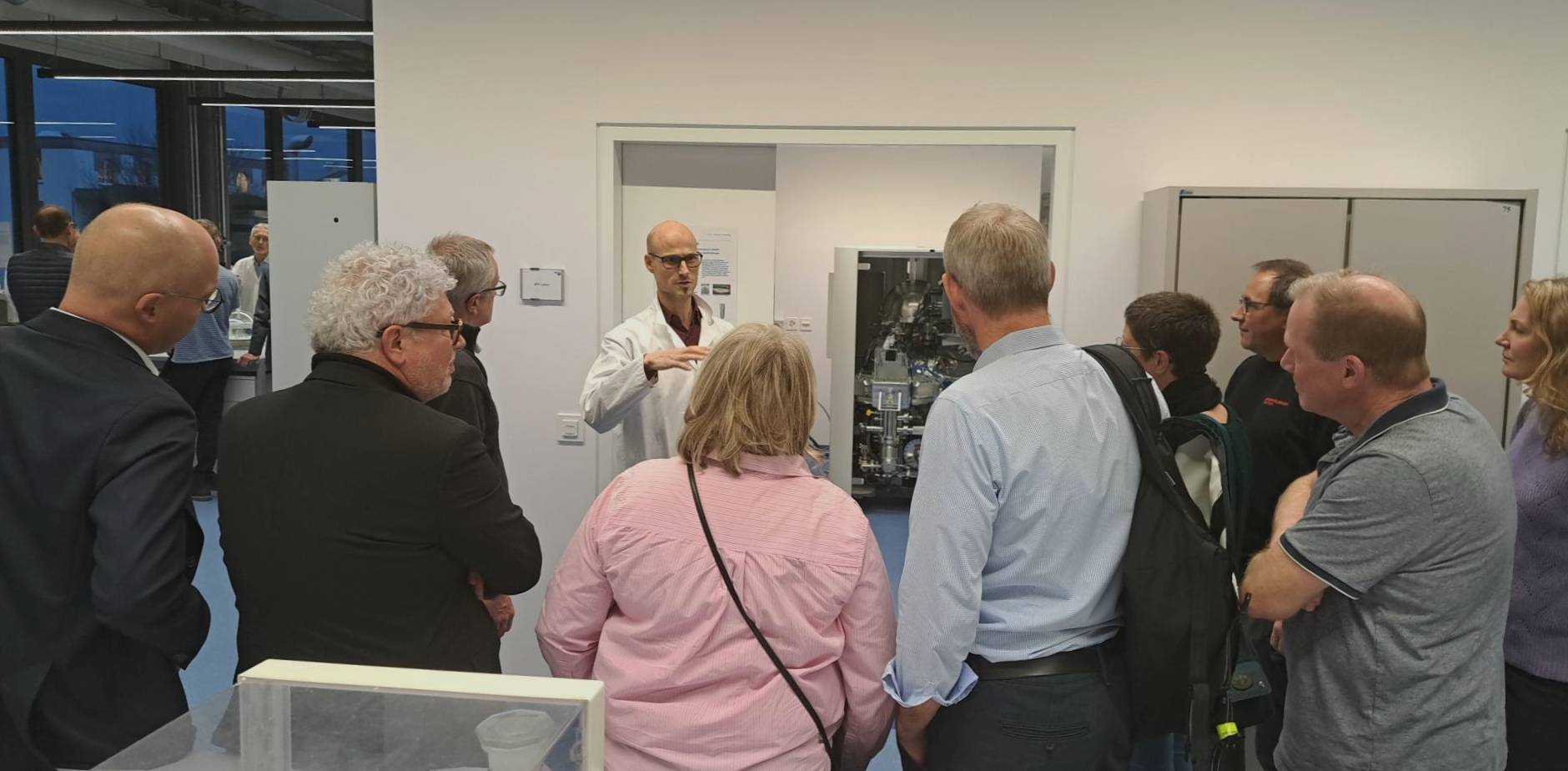IL-36: Quantitative analysis of dissolved organic and/or inorganic carbon as well as nitrogen
The cleanliness of medical devices (MD) is a critical factor and is addressed in ISO 19227, for example. Due to the manufacturing process, packaging and sterilization, substances hazardous to health may remain on the end product. The same applies to MDs that are reprocessed after use. In both cases, the products go through a validated cleaning process which must also be checked and verified. With the TOC/TIC/TN analyzer, RMS now has the possibility to offer its customers, in addition to existing methods, a further accredited service in the field of cleanliness analysis. The possibility to collectively quantify organic contaminants and proteins via their C and N content, makes this method simple, fast and therefore cost-effective.
Principle of the method:
Possible Impurities containing carbon and nitrogen are extracted from the product and the corresponding elements are then reliably detected down to the sub-µg range (depending on the size of the MD). The molecules of the dissolved impurities are catalytically oxidized in a combustion tube to form CO2 or NO2 and the resulting gases are quantified spectroscopically.
Typical application:
Any impurities on the test device are first extracted by a solvent and then the solution is analyzed for organic carbon (C) and/or nitrogen (N). The extraction is performed «exhaustively», i.e. it is repeated until the measured impurity concentration in the extraction solution falls below 10% of the first extraction. The quantified amounts of each extraction are summed up to give the total amount of organic impurity. ISO 19227 specifies a limit value of max. 0.5 mgC/implant.
![]()
![]()
![]()
Figures: Possible Task: MP is soiled, cleaned, and any organic residues in the extraction solution are reliably quantified using TOC/TIC/TN.
Our offerings for medical device cleanliness testing
- Shimadzu» TOC-L Analyzer
- Determination of dissolved organic carbon (TOC)
- Determination of the dissolved inorganic carbon (TIC)
- Determination of the dissolved nitrogen (TN: total nitrogen, e.g. from proteins)
Other services
- Quantification of residual protein (BCA test)
- Quantification of trace elements by ICP-MS
- Cleanliness of surfaces by SEM/EDX and XPS
- Particle analysis by laser diffraction (LD) and light obscuration (LO)
